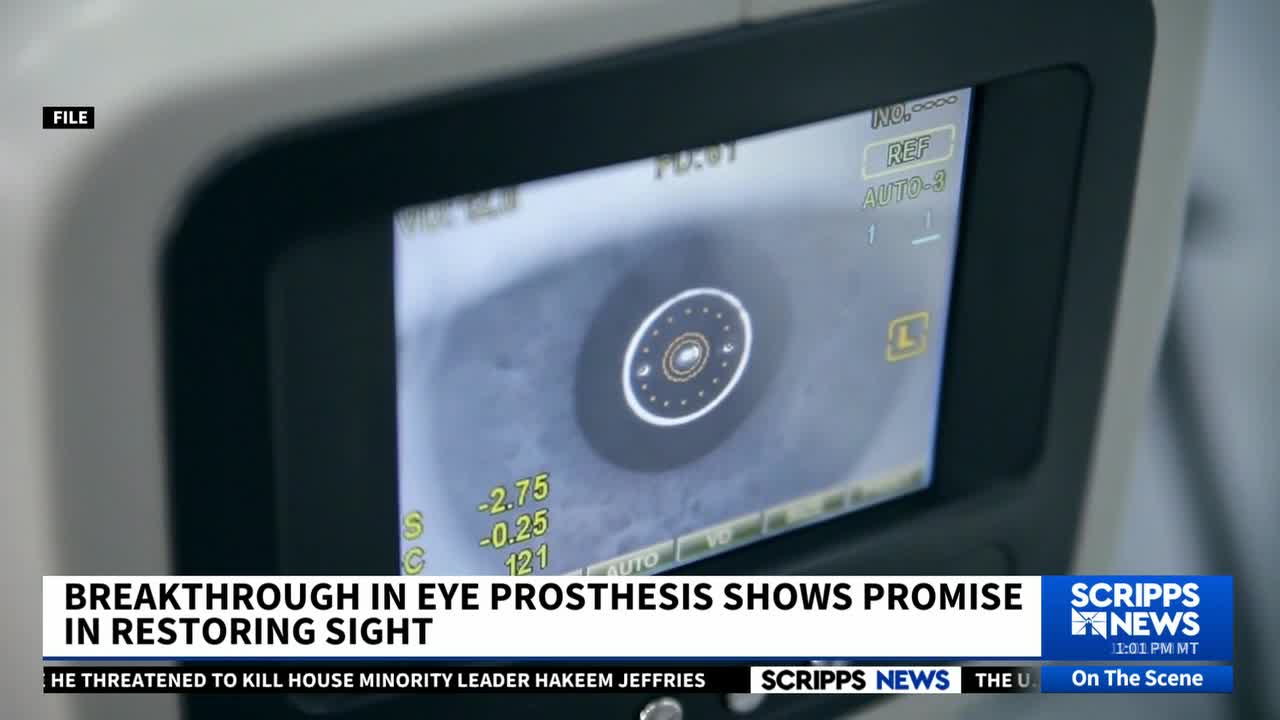A groundbreaking retinal implant system has helped most patients with advanced age-related macular degeneration regain meaningful vision in a clinical trial.
The study, published in The New England Journal of Medicine, focused on people with geographic atrophy, an advanced form of age-related macular degeneration (AMD). The condition affects more than 5 million people worldwide and currently has no treatment to restore lost sight.
Researchers tested a new device called the PRIMA system, which pairs a retinal implant that converts light into electrical signals with special glasses that project infrared light onto the device. This effectively bypasses damaged cells in the central retina, researchers say.
IN CASE YOU MISSED IT | Tylenol maker opposes FDA petition for autism-related pregnancy warning labels
In the study, 38 participants received the implant, and researchers found that about 80% showed a “clinically meaningful improvement” in vision after one year.
“All previous attempts to provide vision with prosthetic devices resulted in basically light sensitivity, not really form vision,” said Daniel Palanker, PhD, a professor of ophthalmology at Stanford University and a co-senior author of the paper. “We are the first to provide form vision.”
Many of the patients were able to read, recognize faces and navigate life more independently.
The researchers said the successful study was decades in the making, which included prototypes and animal trials.











